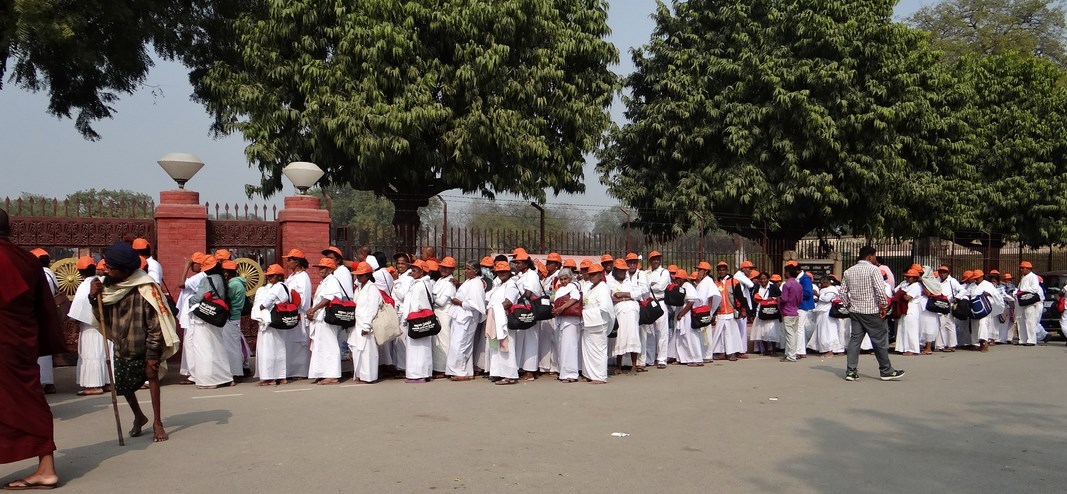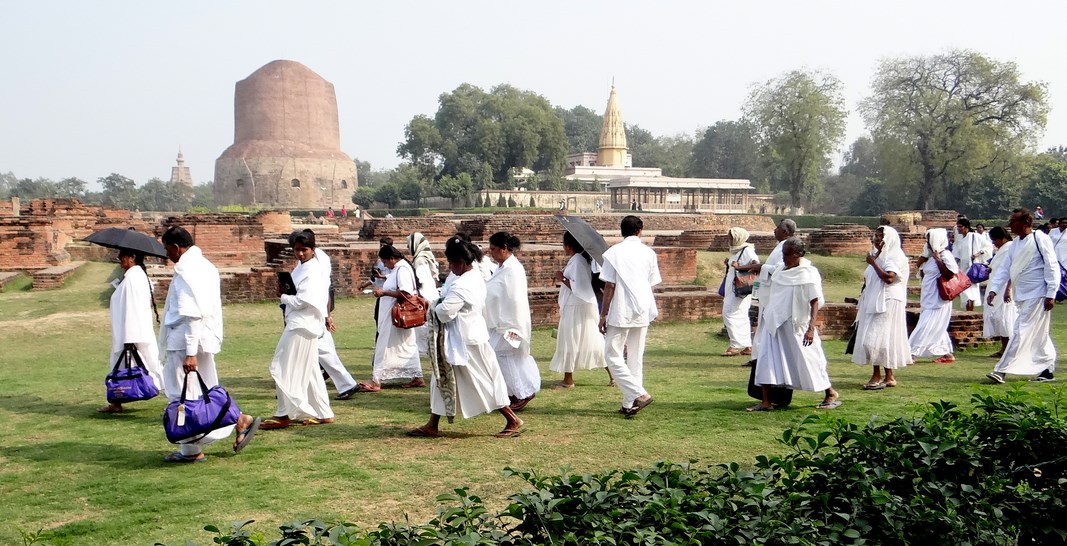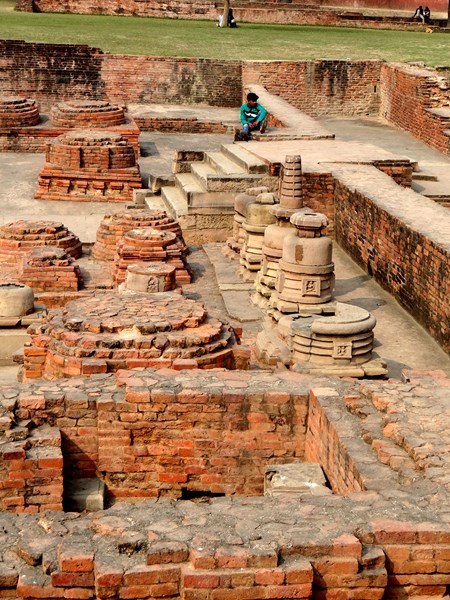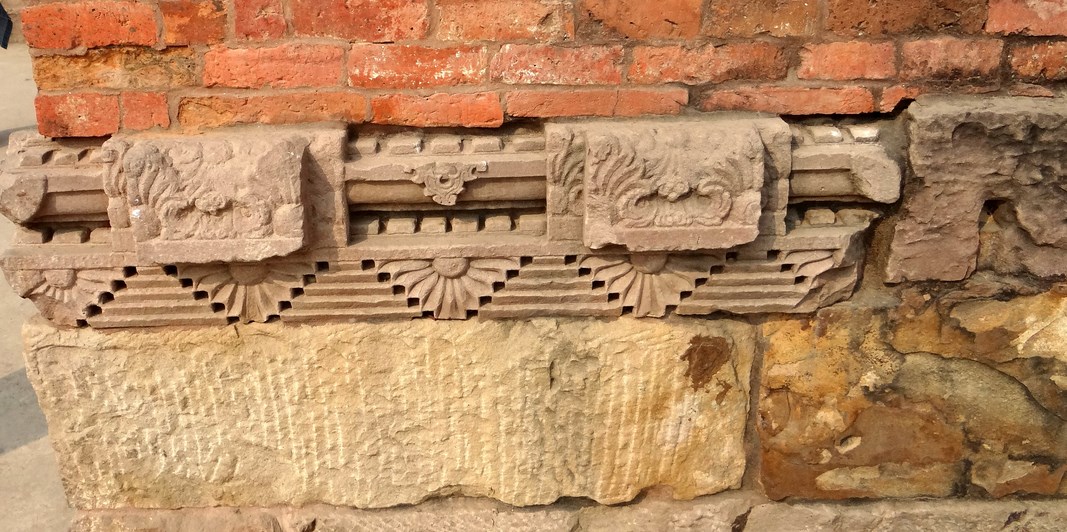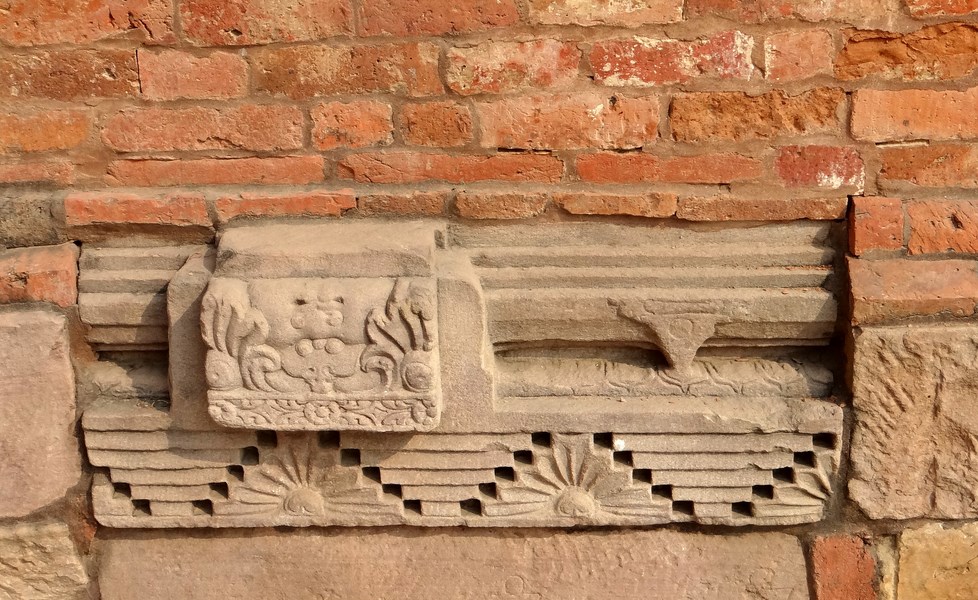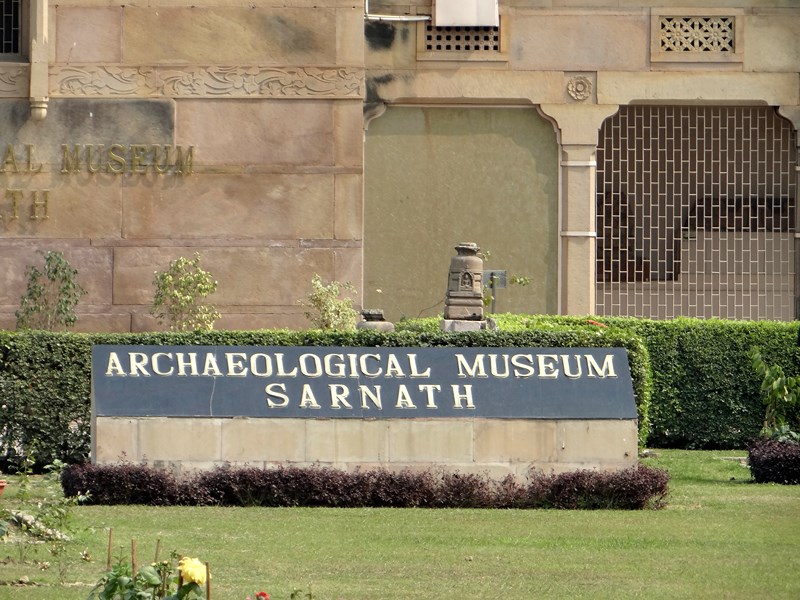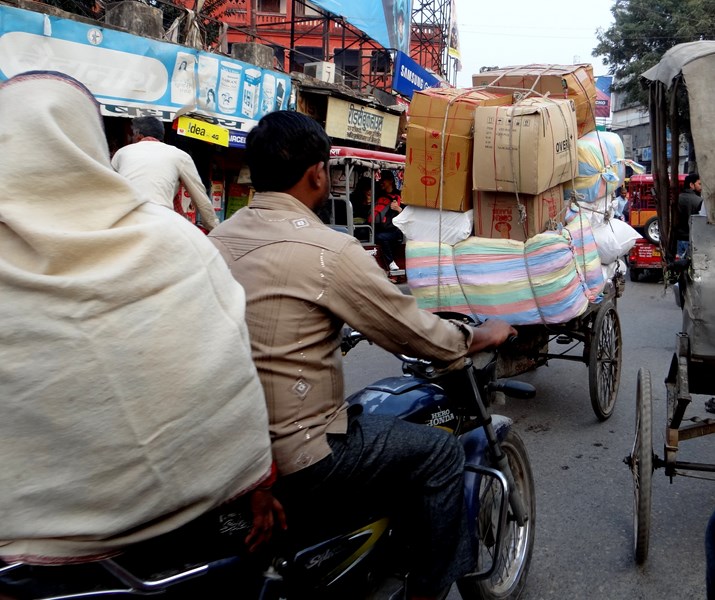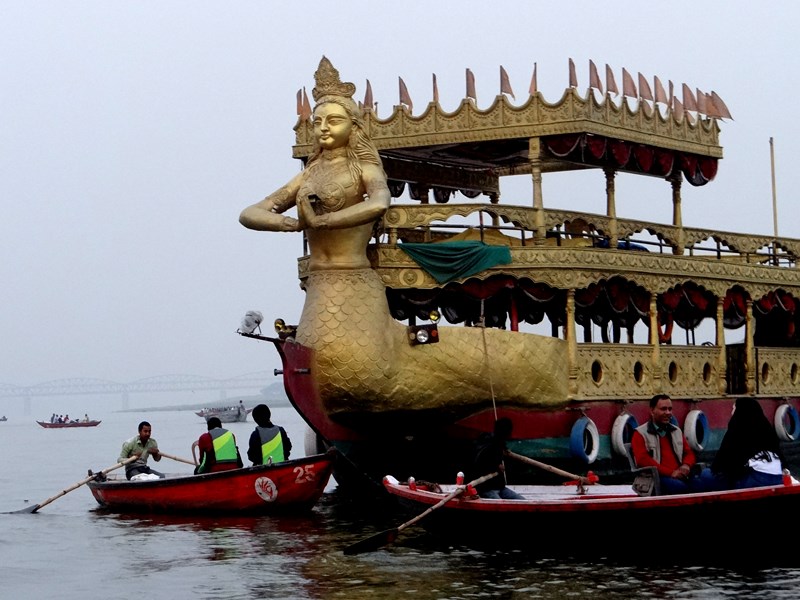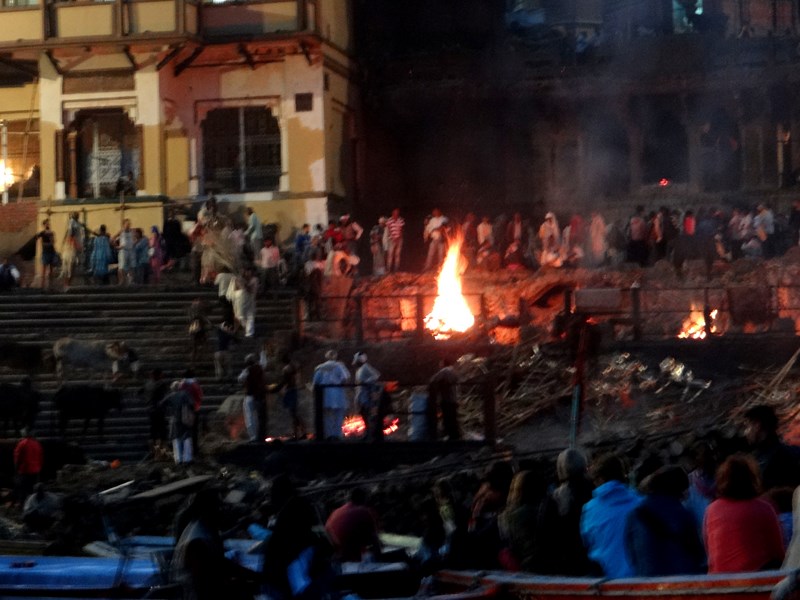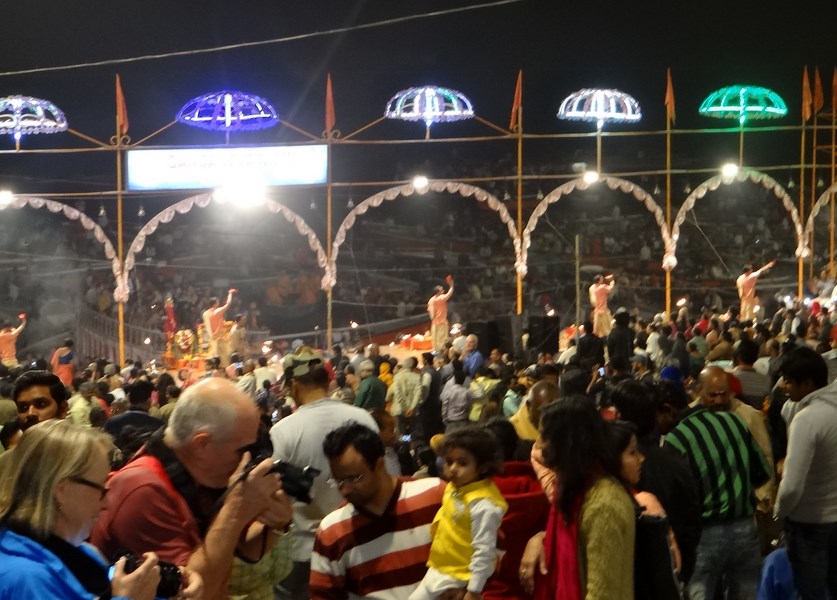
Looking back at my travels, I've done close to 3,000 blogs and this effort was disjointed and irregular. I've missed events, lost or misplaced pictures and today I'm laughing about it. I thought I'd blog pictures that I didn't fit into any narrative, like the Bengal tigers, snatched from the film we saw. Aren't they magnificent animals?

We learned a lot about the Hindu Gods. The great Mahatma Gandhi was much admired, But I never mentioned his seven dangers to Human Virtue:
Wealth without work; Pleasure without conscience; Knowledge without character; Business without ethics, Science without humanity; Religion without sacrifice and Politics without principle.
They resonate with me.

We learned a lot about weddings; the groom rides a white horse, an elephant or a black horse. What about people who don't have a horse? This groom can afford to hire a horse and carriage and decorate it. But, I never found out how even poorer people get married? Maybe next time.

And wouldn't you just once like to ride free and unfettered on top of a car or truck? As a farm girl growing up, I had that experience. And many times rode in the back of a pick-up. In California even your dog can't ride untied in the back of a pick-up.

OAT is such a great company to travel with because of the great off-itinerary items included in the experience. Though my cricket lesson was canceled, one of the employees posed with his cricket racket for me. A cricket serve and return is like a baseball pitch. You can't see it unless it is coming at you at 112 miles per hour. I missed the lesson, but enjoyed the match.

And I have to wonder, will I ever enter a bus with a crowd of people waiting to get on, and look for a vendor holding belly dancing beads or some other fascinating item you can buy nowhere else?

I'm an art nut and an artist. I took pictures of art everywhere.

.

.

.

.

.

.

Art isn't only about paintings, prints, sculpture and fabric wall hangings. What about this doorway in the Palace Hotel?

And this carved door into Agra Marble Company.

Bronze carvings on the hip of a hippo at Chandela.

And a foot rest on the end of our bed at our last hotel. Some flights were early. Others were late in the night. We got to enjoy a professional sari fitting. A yoga class designed to remove tensions and let go of all cares. I marked down every posture he taught us. I learned to breathe out loud. Ahmmm. Ooohhh. Mmmmm.

The gift shop had an interesting assortment of things.

These shoes have tread miles of India. A country I'd recommend for its wonderful traditions; its diverse and colorful people. People here are warm and giving; they speak 607,000 languages. It is hard for me to imagine. My nearby town of Stockton has 22 ethnicities, which means great food.

At the airport in Dehli I saw something I'd never seen before. A smoking lounge. Paid for by Camel cigarettes my guess.

Even a decorated camel is art. Those of you who know me, know I have to get my art "fix". And, I did.
Alaviha. I'll let you guess which of the thousands of languages it is. It means, goodbye.
